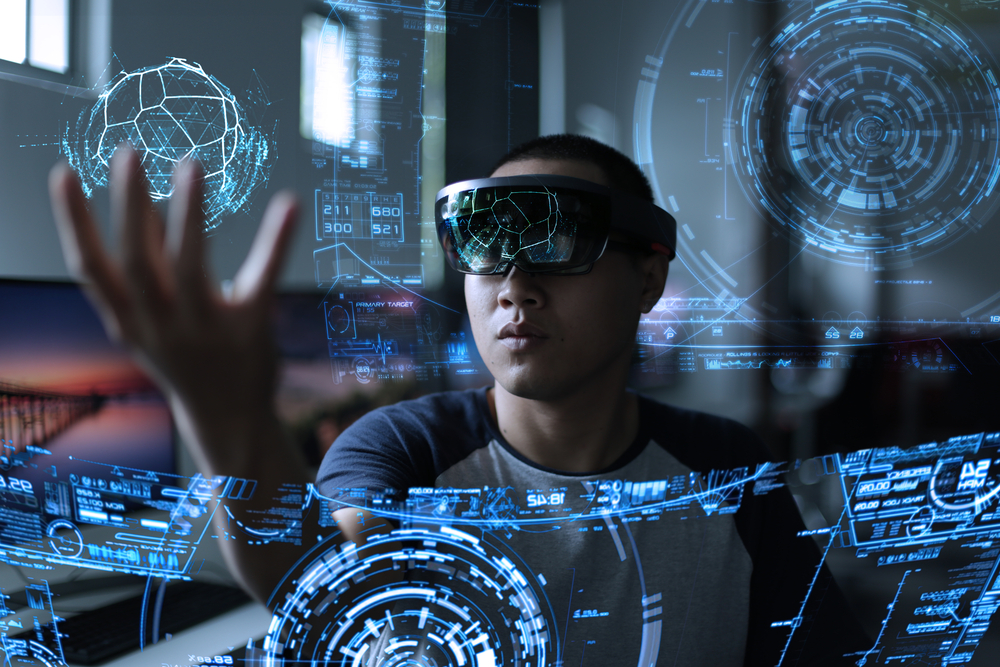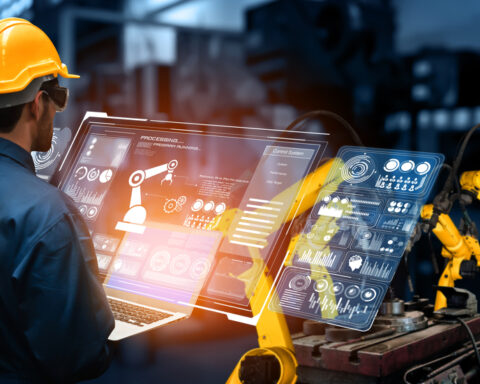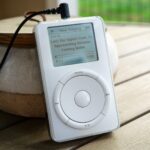What do astronauts, Olympic sprinters and your annoying coworker who insists on sharing her daily step count have in common? They’re all part of a decades-long experiment in wearable tech. Only now, instead of measuring heart rates during spacewalks or shaving milliseconds off a 100m sprint, we’re using it to track how well we slept, how stressed we are, and whether our hearts are beating to their own strange rhythm.
That sleek watch on your wrist? It’s more than a glorified pedometer. It’s a miniature diagnostic lab, constantly sniffing out signs of illness before you even feel a symptom. The technology has become so seamless, so normal, that we often forget that it has roots in some of the most high-stakes environments imaginable: outer space, military operations, and elite sports science.
Today, what started as gear for survival and peak performance has quietly become one of the most promising tools in preventative healthcare. From detecting atrial fibrillation, to flagging early signs of respiratory infections, wearable devices are reshaping how we understand and respond to illness.
Rocket Science Meets Heart Rate: The Origins of Wearable Health Tech
Long before wellness influencers were posting HRV scores on Instagram, and decades before your smartwatch told you to take a deep breath, wearable health tech was busy keeping astronauts alive.
NASA and Military Roots
Back in the 1960s, during the early days of space exploration, NASA engineers faced a unique challenge: how to monitor astronauts’ vital signs in real time, from hundreds of miles above Earth. In space, a minor physiological hiccup could quickly escalate into a life-threatening emergency. The solution? Strap sensors directly to their bodies. Heart rate monitors, respiration trackers, and skin temperature sensors were all designed to sense any changes and beam the data back to mission control.

It wasn’t pretty. Early biosensors were bulky, wired, and about as comfortable as a straitjacket in summer. But they worked. These first-generation wearables weren’t designed for comfort or fashion, they were about survival. And they laid the groundwork for everything that followed.
Soon, the military caught on. In high-stress, high risk environments, like fighter jet cockpits or battlefield operations, monitoring soldiers’ physiological responses could mean the difference between mission success and failure. Military researchers began developing ruggedized, real-time monitoring systems that could track fatigue, stress, hydration, and even cognitive load under pressure.
Data for Survival, Not Steps
These early efforts weren’t about steps or calorie counting, they were about endurance, resilience, and raw human performance. The data wasn’t for vanity metrics; it was for life-and-death decisions.
But something unexpected happened: once you start measuring the body this way, you start realizing how much the data can tell you. This isn’t just about peak performance, but about when things aren’t working right. Tiny variations in heart rate or subtle changes in breathing could all be micro-signals that could point to illness long before symptoms appear.
From Elite Athletes to Everyday Overachievers
By the time wearable tech left the military and floated back down from space, it landed squarely in the laps (or rather, strapped to the chests) of elite athletes. And with good reason: if you’re pushing the human body to its limits, you want every data point you can get.
The Sports Science Leap
In the 1990s and early 2000s, sports science labs became ground zero for the next leap in wearable evolution. Professional athletes, particularly in endurance sports like cycling, triathlon, and long-distance running, began wearing devices that tracked everything from heart rate variability (HRV) to lactate thresholds. These weren’t your friendly fitness gadgets. They were hardcore tools, developed to extract peak performance, prevent overtraining, and shave off that elusive 1%.
Think heart monitors wired to chest straps, VO₂ max testing with tubes hanging out of your mouth, and software interfaces that looked more like flight simulators than health dashboards.
Democratization of Performance Data
But the thing about elite performance data is that it doesn’t stay elite for long. As consumer interest in health and “biohacking” grew, companies began wondering… what if everyone could access this data? What if we could democratize it?
Enter the quantified-self movement – equal parts curiosity, tech optimism, and subtle control freak energy. Suddenly, people weren’t just running to get fit. They were running with purpose, while tracking cadence, stride length, HR zones, and recovery time. Wellness was no longer just a vibe, it was a spreadsheet.
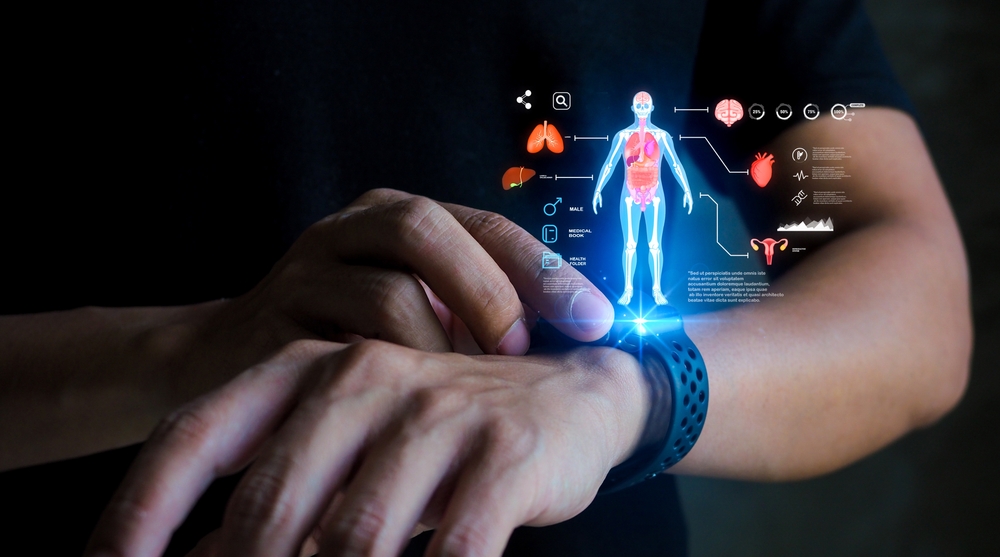
It didn’t hurt that the early adopters of this tech were seen as aspirational. CEOs wore chest straps during spin class. Tim Ferriss popularized tracking everything from sleep to urination frequency in the name of optimization. Being “data-driven” became a badge of honor, not just in business, but in health.
Of course, the early gadgets were still pretty clunky and expensive, and you often needed a sports science degree (or a patient coach) to interpret the data. But the seed had been planted: the body could be measured. And if it could be measured, it could be improved. Or, more importantly, monitored for signs that something was going wrong.
This was the bridge between elite performance and everyday health. And it was only a matter of time before companies figured out how to make it sleek, simple, and sexy enough for the mainstream.
Fitbit, Apple Watch, and WHOOP: The Big Leap into Mainstream
Fitbit’s Friendly Start
If the early 2000s were about performance, precision and chest straps, the 2010s brought a radical new concept to wearable health tech: fun. This is where Fitbit comes in with its step-counting, goal-celebrating, vibrate-on-your-wrist cheerleading energy. Suddenly, health data wasn’t locked away in elite labs or military ops, it was wrapped in a silicone band and available at your local electronics store.
Launched in 2009, Fitbit made a simple but brilliant bet: that people would care more about their health if the data felt friendly. No scary medical graphs, no talk of lactate thresholds, just a daily step goal and a dopamine hit every time you hit it. The Fitbit didn’t claim to detect illness or optimize performance (yet). What it did was normalize the idea of tracking your body. In doing so, it cracked open a massive consumer market. But Fitbit was just the warm-up.
Apple Watch Changes the Game
In 2015, Apple Watch entered the scene, and brought with it a level of tech integration and design polish that made wearables feel like lifestyle essentials, not nerdy fitness accessories. Suddenly, your watch wasn’t just telling time. It was counting your steps, measuring your heart rate, tracking your workouts, reminding you to stand up, and gently judging your sleep habits.
Then, in 2018, things got even more serious: Apple rolled out an ECG feature and secured FDA clearance to detect irregular heart rhythms, including signs of atrial fibrillation (AFib). This was a major inflection point. The Apple Watch wasn’t just a wellness device anymore. It had entered the realm of medical-grade diagnostics. Quietly, subtly, your wrist gadget had become a triage tool.
WHOOP and the Performance Crowd
At the same time, on the high-performance end of the spectrum, WHOOP was making waves. With no screen, no step counter, and a design philosophy that screamed “serious athlete”, WHOOP targeted data-obsessed users who wanted deep insights into HRV, sleep debt, recovery, and strain. Originally popular with pro athletes, it quickly gained a cult following among fitness-forward entrepreneurs, weekend warriors, and anyone who loves a good recovery score more than a gym selfie.
Unlike the Apple Watch, WHOOP didn’t chase the general consumer. It doubled down on performance, sleep science, and predictive insights, offering insights on whether your body was ready or whether it needed to rest. For some, that kind of data felt empowering. For others, a little bossy. (“You slept poorly, your HRV is down, don’t even think about CrossFit today.”)
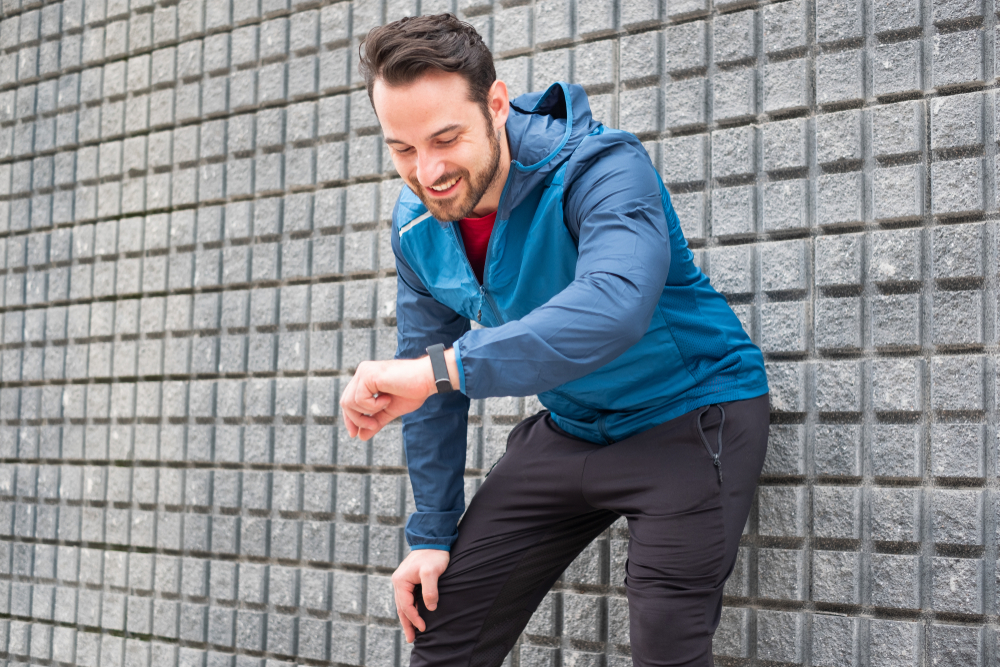
Between these major players, the stage was set: wearables had officially gone mainstream, with options for every type of user, from the casual step-tracker to the quantified health junkie.
How Wearables Detect Illness: The Science Behind the Sensors
So how exactly does your watch know that somethings off before you do? It’s not magic, just relatively simple biology with a dash of physics, machine learning, and thousands of tiny calculations. These little machines are working away while you’re asleep, walking the dog, or mindlessly doomscrolling.
Heart Rate and HRV as Early Warning Signals
Let’s start with the basics, heart rate. Most wearables use photoplethysmography – a method where green or infrared light shines into your skin and measures how blood flow changes with each heartbeat. A simple idea with elegant execution. This is how your device tracks beats per minute, detects abnormal rhythms and even spots subtle deviations that could signal fatigue, stress or illness.
Then there’s heart rate variability (HRV) – arguably the crown jewel of health data. While your average heart rate tells you how fast your heart is beating, HRV measures the variability in time between each beat. Think of it like your body’s stress-o-meter. Higher HRV = flexible, resilient nervous system. Lower HRV = your system may be under strain, physically or emotionally.
Why does this matter for illness? Because long before your immune system waves a white flag, your autonomic nervous system starts shifting gears. HRV often dips before symptoms appear. Devices like WHOOP and Apple Watch monitor this 24/7, comparing your current state to your baseline to flag when something is off.
Oxygen Saturation and Sleep Apnea
Then comes the blood oxygen sensor (SpO₂), the one that really got attention during the COVID-19 era. A drop in oxygen saturation while you sleep could be a clue for sleep apnea, respiratory infections, or altitude-related issues. Before wearables, this kind of data required overnight lab tests. Now? It’s captured quietly on your wrist as you dream.
Some devices are even capable of running a basic electrocardiogram (ECG). Apple Watch’s ECG feature, for example, can identify signs of atrial fibrillation – a common but often undiagnosed heart rhythm disorder that significantly increases the risk of stroke. Millions of people around the world discovered they had AFib because of a watch notification.
Algorithms that Learn Your Normal
But perhaps the most important shift isn’t in what’s being measured, it’s how it’s being interpreted. Today’s wearables rely less on isolated readings and more on trend analysis. Your device knows your normal patterns – how your HRV usually dips before your period, how your resting heart rate bumps after a tough week, or how your breathing rate creeps up the day before you get sick.
In short, it doesn’t need to know what’s wrong in a clinical sense. It just needs to know what’s different, and that’s often enough to raise a red flag. It’s like having a hyper-vigilant best friend who never sleeps, never misses a beat (literally), and always knows when you’re about to come down with something – even when you swear you’re “just tired.”
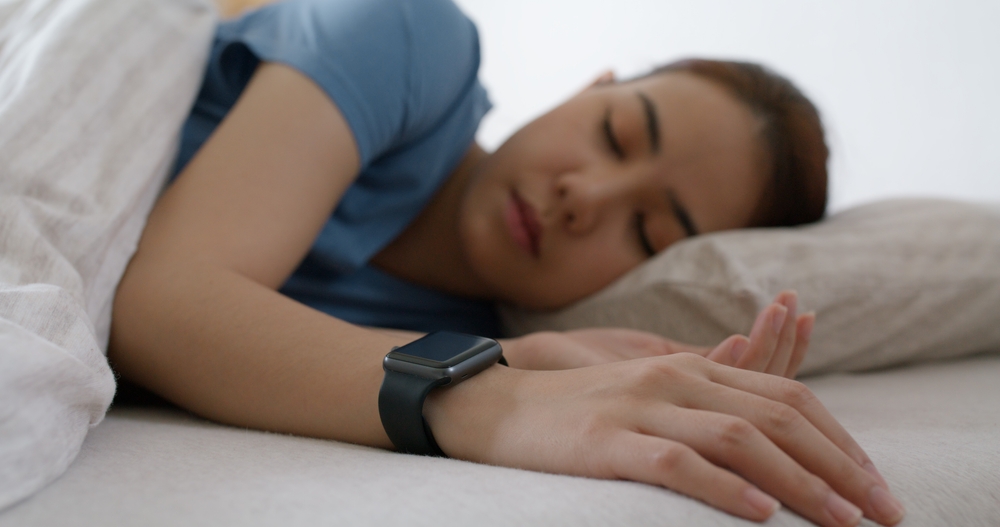
The Pandemic Effect: Wearables Get Serious
If wearables had been flirting with their potential before, COVID-19 made things official. Suddenly, devices that once nudged you to stand up every hour were being scrutinized for something far more urgent: could they help to detect a deadly virus before symptoms appeared?It turns out that yes, at least in some cases, symptoms could be detected even earlier than expected.
COVID-19 as an Accelerant
In 2020, research teams around the world began analyzing anonymized data from devices like WHOOP, Fitbit and the Oura ring, and a fascinating pattern emerged. Many users showed physiological changes, like elevated resting heart rate, reduced HRV and disrupted sleep, two or three days before reporting symptoms or testing positive for COVID-19.
WHOOP jumped on board quickly after. Their internal studies, in partnership with research institutions, found that changes in respiratory rate and HRV could often predict COVID-19 onset before fever or cough kicked in. Fitbit and Oura followed suit, collaborating with Stanford, UCSF, and others to validate these findings.
| Device Type | Key Features & Sensors | Main Benefits | Ideal Users | Example Brands / Devices |
|---|---|---|---|---|
| Smartwatches | Heart rate, ECG, SpO₂, step count, sleep tracking, GPS | Detect AFib, track fitness, monitor stress & sleep | Everyday users, health-conscious | Apple Watch, Samsung Galaxy Watch |
| Fitness Trackers | Step count, heart rate, basic sleep and activity tracking | Motivates movement, builds healthy habits | Beginners, casual fitness users | Fitbit, Xiaomi Mi Band |
| Performance Bands | HRV, recovery, strain, sleep stages, respiratory rate | Deep recovery insights, overtraining prevention | Athletes, high performers | WHOOP, Oura Ring |
| Smart Rings | HRV, SpO₂, temperature trends, sleep & cycle tracking | Early illness detection, menstrual tracking | Biohackers, wellness enthusiasts | Oura Ring, Ultrahuman Ring AIR |
| Wearable ECG Monitors | Medical-grade ECG, arrhythmia alerts, data sharing | Diagnoses heart rhythm issues, detects AFib | Patients with heart conditions | KardiaMobile, Apple Watch ECG |
| Continuous Glucose Monitors (CGMs) | Real-time glucose tracking without finger pricks | Diabetes management, metabolic health awareness | Diabetics, keto/intermittent fasters | Dexcom, Freestyle Libre |
| Smart Clothing | Embedded sensors for muscle movement, posture, HR tracking | Athletic performance analysis, injury prevention | Professional athletes, rehab patients | Hexoskin, Nadi X yoga pants |
| Mental Health Wearables | EDA sensors, HRV, mood-tracking algorithms | Stress detection, mood prediction, guided interventions | Stressed professionals, therapy users | Fitbit Sense, Apollo Neuro |
Suddenly ‘Wellness’ Tech was Public Health Tech
This was no longer about biohacking your way to better workouts. It was public health tech. On your wrist. In your bedroom. Running silently in the background.
Hospitals and research teams began issuing wearables to frontline workers. Athletes in pro sports leagues wore them to monitor for early infection. Even some governments considered large-scale deployments of wearable-based monitoring as an alternative (or supplement) to testing.
For a moment, it felt like the future had arrived. And it was cloaked not in sci-fi glamour but in sleep score graphs and breathing rate charts. The pandemic also changed the way users saw their data. Where once a bad recovery score may have prompted an eye roll, now it sparked concern: Is something going around? Am I getting sick? Should I get tested?
Wearables had crossed a line, from wellness sidekick to early warning system. And they’d done it without a lab coat or a stethoscope in sight.
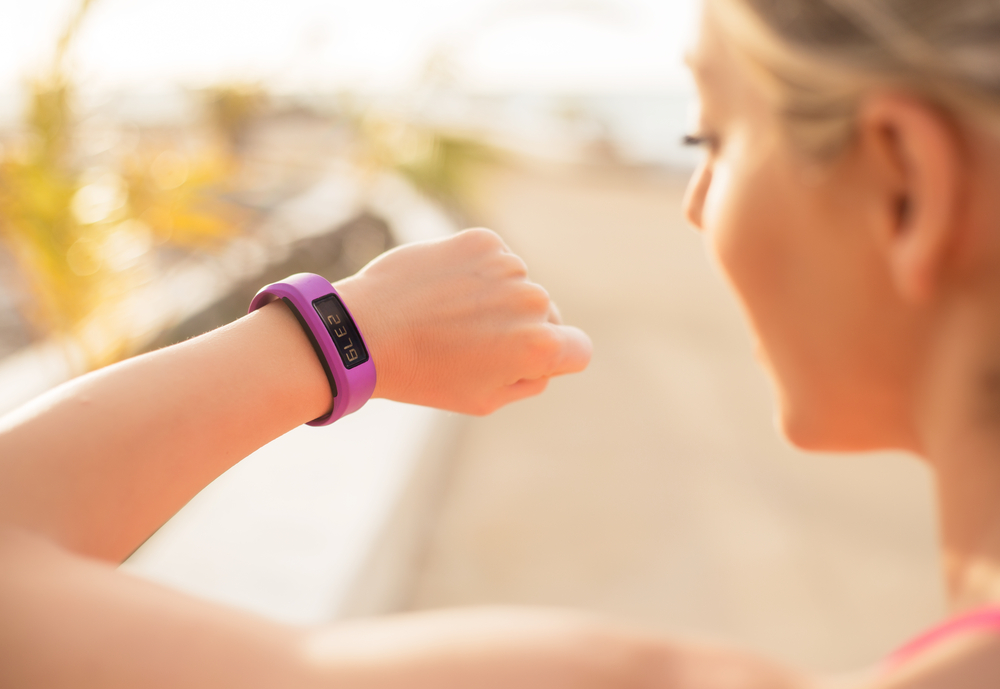
The urgency of the moment accelerated innovation, regulatory conversations, and public trust. If you’d told someone in 2018 that their fitness band might one day help track a global health crisis, they’d probably have laughed. In 2020, they were refreshing their respiratory rate charts like it was Twitter.
The lesson? These devices weren’t just lifestyle toys anymore. They were proving their value in the most high-stakes, real-world trial imaginable, and earning their place in the broader conversation about preventative care.
The Future: From Passive Tracking to Proactive Care
The next wave of wearables won’t just track your health, they’ll intervene. Already, we’re seeing a shift from passive data collection (“Here’s your heart rate”) to predictive health nudges (“Your metrics suggest you might be getting sick, better take it easy today”).
Emerging tech is getting even more granular. Think continuous blood glucose monitoring without a needle. Cuffless blood pressure readings. Non-invasive hydration tracking. Even mood detection, based on biometric and behavioral patterns. The line between medical device and wellness tool is blurring fast, and regulators are catching up.
Big players like Apple and Google are working on AI models that sift through your baselines to detect anomalies before you (or your doctor) notice them. Meanwhile, startups are pushing wearables into new territory: fertility tracking, menopausal transitions, chronic condition management, even mental health monitoring based on nervous system patterns.
But the biggest shift might be philosophical. For decades, healthcare has been reactive. We wait for symptoms to appear, and then treat them. Wearables flip that model. They sense the whisper before the body’s responses get louder. They offer the chance to intervene earlier, maybe even preventing the illness altogether.
Of course, this future comes with caveats. Data privacy. Health anxiety. The risk of over-monitoring. But done right, it’s powerful: a world where your watch doesn’t just track your fitness, but helps you to stay out of the hospital.
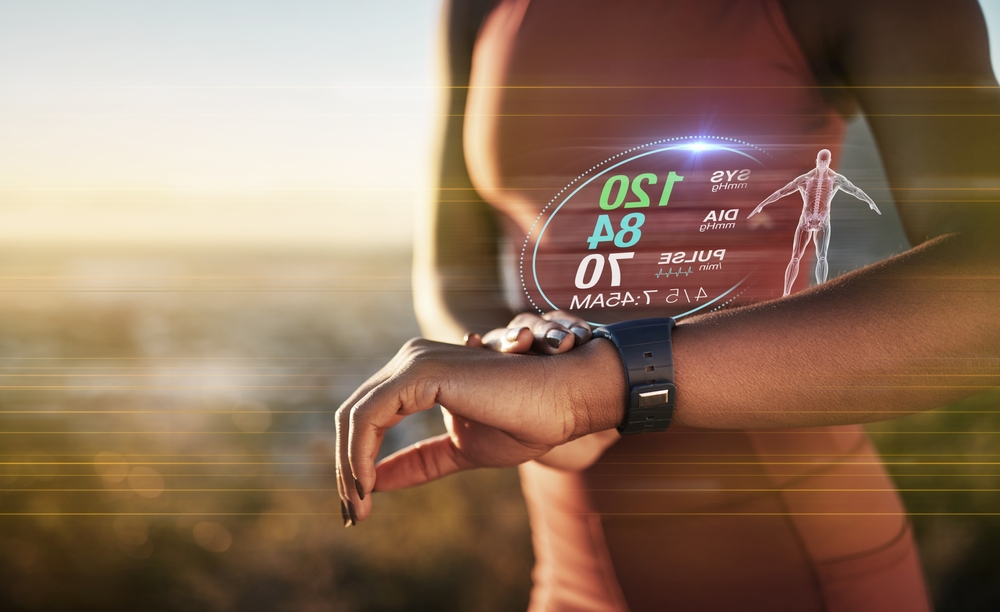
Wearable tech has come a long way from keeping astronauts alive, to helping you track your Tuesday night sleep score. But the real magic isn’t in counting steps or closing rings, it’s in spotting trouble before it gets serious.
From space labs to living rooms, wearables have quietly become one of the most promising tools in preventative health. And as they get smarter, more accurate, and more integrated into our lives, they won’t just help us to move or sleep better, thy might just help us to live longer too.
So next time your wrist buzzes, don’t ignore it. It might be telling you more than just the time.

